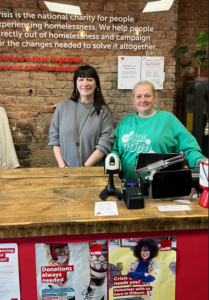Worst areas for reduced rental market affordability revealed

Worst areas for reduced rental market affordability revealed
Research from Ocasa, the specialist rental platform, has revealed where the increasing cost of renting is putting a squeeze on rental market affordability for the nation’s tenants when it comes to the change in the percentage of income required to cover the average monthly rent.
Ocasa analysed the current cost of renting across each area of England and what percentage of income is required to cover this cost, before looking at which areas have seen the biggest increase in the last decade.
The research shows that currently, the average tenant in England is paying £926 in rent, requiring 35% of the average gross salary of £2,671. This is a 4% increase when compared to 2012, when 31% of income was required to cover the cost of renting.
This dent to rental market affordability has been largely driven by a 31% increase in the average cost of renting over the last 10 years, with earnings increasing by just 17% during the same time period.
However, in some areas of the market, rents have increased by as much as 99% since 2012 and, as a result, the percentage of income required to cover this cost has also climbed substantially.
The area of England where tenants have been hit the hardest for rental affordability is Epsom and Ewell. A decade ago, the percentage of earnings required to cover the cost of renting sat at 28%. Today, the current average rent of £1,378 is equivalent to 49% of the current annual gross income of £2,837 – a 21% increase and the largest squeeze on rental affordability of all areas in England.
South Gloucestershire has seen a 16% increase in the percentage of income required to cover rent, with West Oxfordshire (+15%), the London Borough of Merton and Bristol (+14%) also ranking within the top five.
Hertsmere, Barking and Dagenham, Islington, Uttlesford (+13%) and Rutland (+12%) also rank in the top 10 where the biggest reductions in rental affordability are concerned.
Sales and Marketing Director at Ocasa, Jack Godby, commented:
“We’re now more reliant than ever on the rental market, as many tenants remain firmly priced out of buying their own home, while many more prefer the greater flexibility it provides. As a result, demand has grown consistently over the last decade and this has helped drive the cost of renting up substantially.
At the same time, earnings have increased, but they’ve failed to keep pace, which means that we’re now paying a larger proportion of our pay cheque simply to put a rental roof over our heads.
This imbalance needs to be seriously addressed as there’s certainly no sign of demand for suitable rental homes dropping over the coming years, but there is a limit to how much a tenant can pay before this cost simply isn’t sustainable.”




